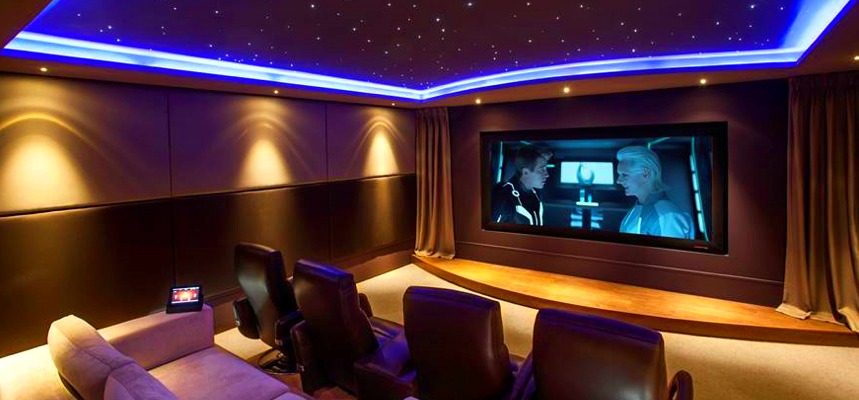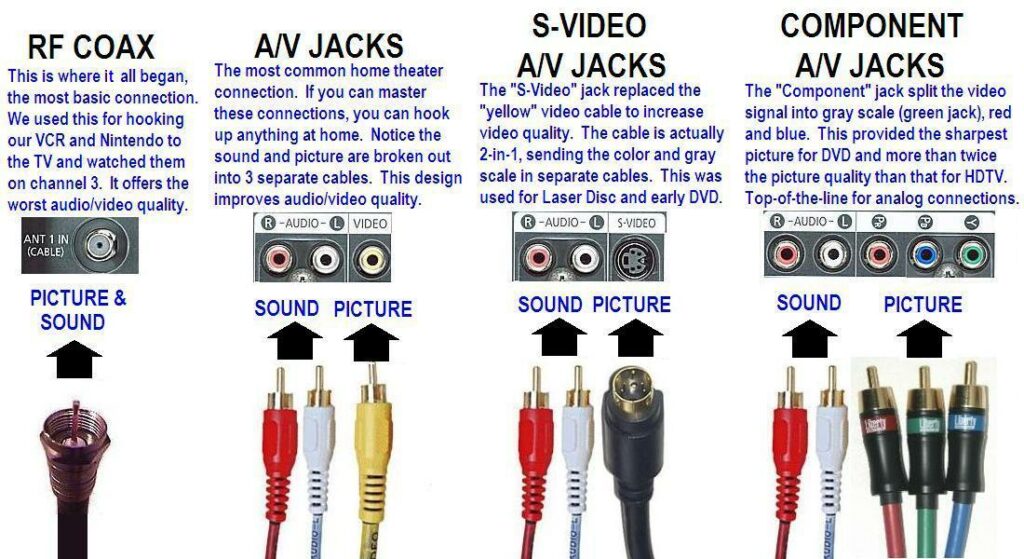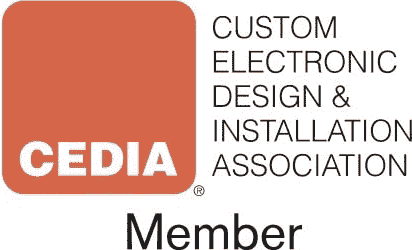Buying the right audio and video HDMI cables for home theater isn’t as important as buying the right components, but it’s close. Learn how to judge your needs, and what to look for in a quality cable, before just grabbing one off the shelf
If you ask “expert installers” for advice on choosing video and audio cables, you’ll usually get one of two answers:
- “Choose the best cable you can afford – if you’re spending big money on equipment, it doesn’t make any sense cheaping out on cables.”
- “Expensive cables are scams – they’re no better or more effective than cheap ones.
You probably won’t be surprised to learn that the real answer is somewhere in the middle. The real way to choose a cable is to consider:
- The type of equipment you’ll be connecting
- The length of the cable run
- Where the cable will be placed
That information will let you choose the right cable for the job. Here’s a look at why each of those criteria is important, and what features you should look for.

The Type of Equipment You’ll Be Connecting
Naturally, you’re going to know the type of ports or connectors the cable will be hooked up to in the home theater systems; you don’t need us to tell you not to purchase an RCA cable to hook up to the HDMI port on your high-definition television. What we actually are referring to is how modern or old your equipment is. If you’re connecting your old VCR to an even older TV, you don’t need a high-quality cable for the job; a bargain one with RCA connectors will do the job just fine because your equipment will be showing relatively low-quality video.
On the other hand, you don’t want an el-cheapo cable to run between your brand-spanking-new 4K HDTV and your satellite receiver, because you need to be sure you’re using HDMI cabling built to properly deliver the necessary resolution along with lossless audio.
Great source to understand the basics what each cable and jack are for

The Length of the Connection
Audio and video signals naturally degrade as they travel along the length of a cable. The longer the cable run, the greater the chance that signal loss will affect the quality of your picture and sound. Three- and six- foot runs aren’t an issue, and standard-def 480p signals can be fine over cable as long as 180 feet. But quality reduction tests performed by Blue Jeans Cable show that cables longer than about 45 feet don’t meet HDMI quality standards when carrying modern 1080p high-definition signals to TV screen. And a c|net test of cables longer than 50 feet showed that some didn’t even deliver a picture at all. That’s because there’s much more information in a 1080p signal requiring almost three times the bitrate needed for a 480p signal; Deep Color or other technologically-advanced signals require substantially higher data throughput.
tip: Test your cable to be sure that length isn’t a problem before permanently installing it (make sure you are able to return it before you buy it, of course). Buy a cable (make sure you can return it) and try it out if distance is a question.
One solution for situations requiring longer HDMI cable runs than the effective range (or runs of thin HDMI cable) is to use active electronics to boost and improve the video and audio signals. This can be accomplished by using unidirectional HDMI cables which come with built-in chips such as the RedMere chip designed for the purpose, or with a booster box or repeater which can do the same thing while also equalizing the signals. Each of those methods requires external power for the cable or booster, but can double the normal transmission range of an HDMI cable and isn’t that much more expensive than regular cable.
That’s why using a high-quality cable becomes more important as the distance between your two components increases. Also, don’t forget to get a cable a little longer than you think you need. You’ll be thankful there’s extra slack when you have to reach behind a cabinet to plug into a TV or reciever connector that’s difficult to access.
Where the Cable Will Be Placed
Cables run behind furniture or along the floor can be easily replaced and aren’t normally a safety hazard. Those speakers wires run in walls or ceilings, though, are a pain to replace and must be specially rated (CL2 or CL3) in order to meet fire codes. Don’t make the mistake of using cheap in-wall wires not built for the job. At best, you’ll have a difficult task switching it out if it doesn’t deliver quality signals. At worst, you could have an unpleasant experience with building inspectors or firemen.
How to Choose a High-Quality Cable
Here are the key considerations when looking for a high-quality audio or video cable:
- Connectors: They should be molded and fit tightly into the plug or port. Metal connectors should have gold plating to avoid signal loss and noise, and to prevent corrosion.
- Conductors: These are the inside wires which carry the signals. Copper conductors usually do the best job of faithfully transferring signals from end to end.
- Shielding: This is the “protection” built around the inside wiring, and is crucial for avoiding interference from outside signals. The best cables have braided copper shielding to fight radio-frequencies, covered by foil shielding to battle electromagnetic interference. The better the shielding, the better the cable usually is.
One last word: don’t rely on price to determine the quality of a cable. We don’t recommend Monster cables, because the company makes huge profits selling overhyped, overpriced cables in big box stores. You can find comparable products with the same performance for a lot less. We personally use cables from Cmple.com or Monoprice, because they’re reliable, affordable and both companies have generous return policies.
TV mounting | How to choose a proper screen size and seats distance?









